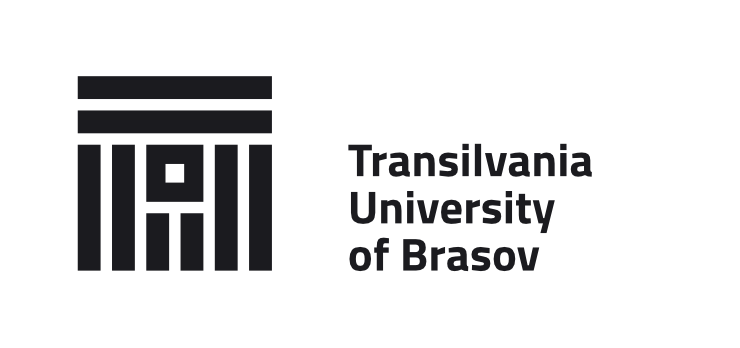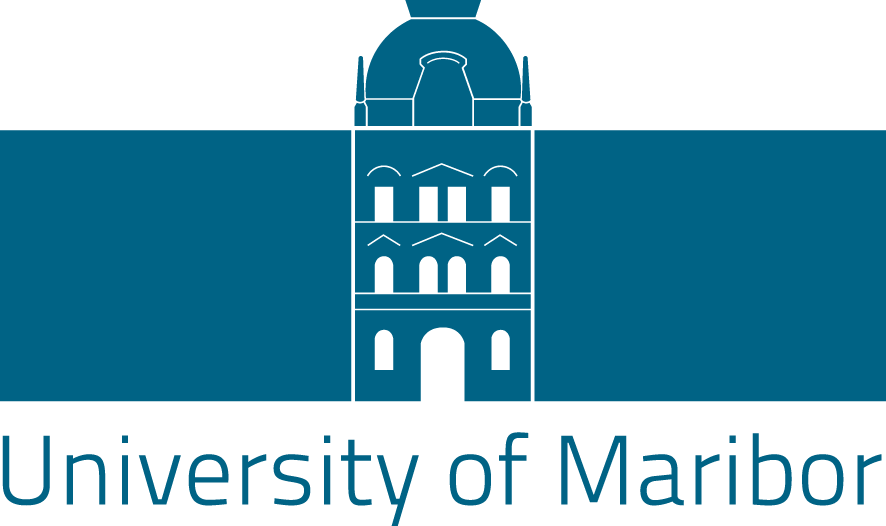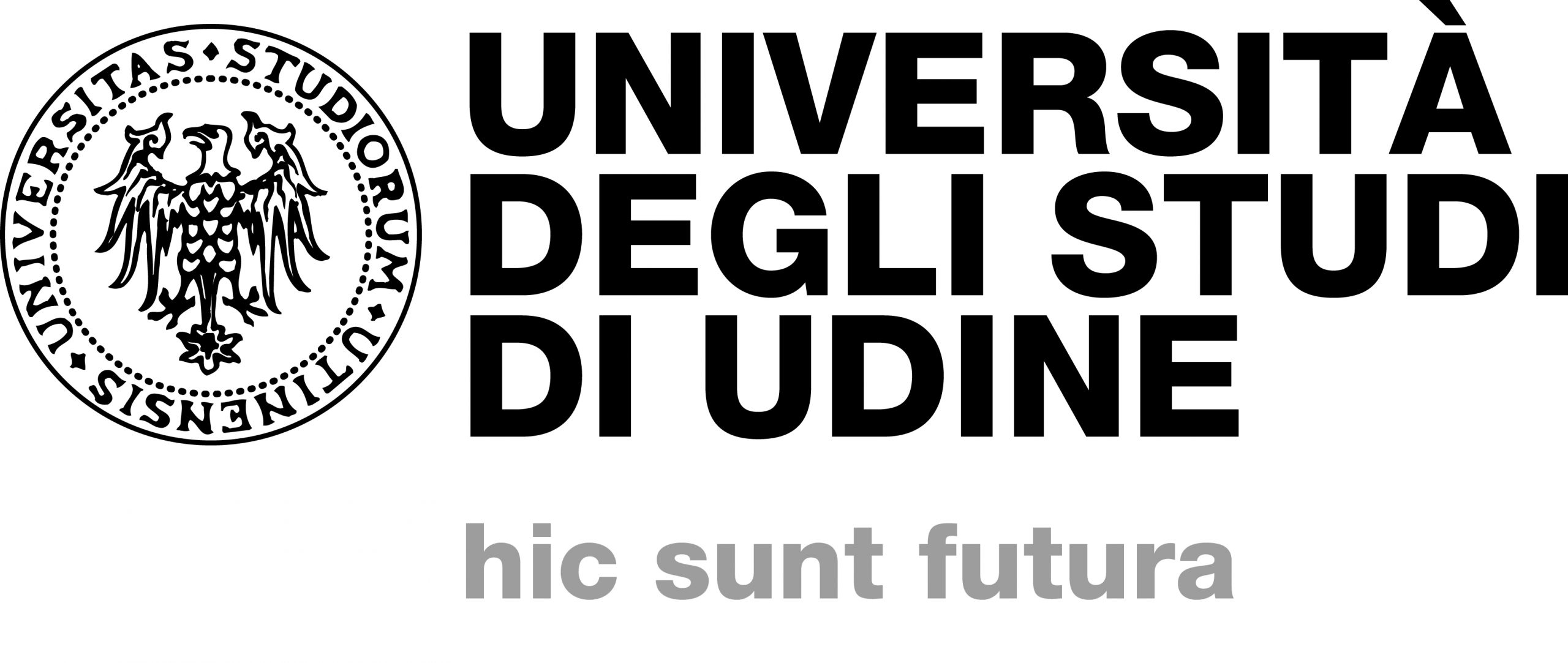What
is the project all about?
The modernization of FL acquisition through digital tools and AI integration, empowering practitioners (students, teachers, researchers) with contemporary methods, specifically targeting the ESP field
- 4 Work packages
- 18 dedicated activities
- 15 outputs
Project Objectives
to review literature on AI integration in education, mainly in FL classes and especially regarding ESP environments
to develop an AI solution database for ESP instruction
to create online educational resources
to implement AI tools across teaching, learning, and assessment levels
to integrate AI into language acquisition methodologies
to identify best practices
to develop training materials
to evaluate their impact on teachers, students and researchers
Project Results
Handbook on AI integration in FL/ESP education
Repository of AI solutions for ESP
Online lesson plan for AI in ESP language acquisition
3 workshops for stakeholders in applied linguistics
6 research articles
3 observation sheets databases
2 manuals for quality assurance and ethics
2 manuals for quality assurance and ethics
Two methodologies on AI-enhanced language aquisition
Why is the project innovative?
- it focuses specifically on ESP, which addresses the language needs of learners in specific fields such as tourism, mobility, law, criminal justice, education, social media marketing and sport
- it meets the unique language learning requirements of learners in professional or academic settings
- it introduces innovative methods for AI-powered content creation in ESP instruction
- it incorporates AI technologies to create adaptive learning environments that respond to the individual needs and learning styles of ESP learners
- it analyses learner performance data and preferences. Thus, AI algorithms can dynamically adjust the pace, difficulty level, and content of learning activities to optimize learning outcomes and enhance learner motivation
- it integrates AI-driven language analysis tools for real-time feedback and assessment in ESP learning. These tools evaluate proficiency, identify improvement areas, and offer personalized recommendations, enhancing learners’ progress towards their goals.
How does the project add value at the European level?
A European-level approach to empowering specialized language acquisition through integrated AI maximizes the impact of the project:
1
by leveraging linguistic diversity. Diverse linguistic and cultural perspectives are integrated, tapping into a wealth of linguistic diversity, enabling the pooling of linguistic resources from various member states, creating a more comprehensive and varied language learning experience, and allowing for the aggregation of data from diverse linguistic contexts. The scale of data collection provides more robust insights into the effectiveness of AI-driven language learning methods across different languages and cultural backgrounds, forming best practices and contributing to the continuous improvement of language education strategies.
2
by harmonizing educational standards - by aligning methodologies, assessment criteria, and learning outcomes, according to a cohesive European approach to language education. This standardization ensures consistency and facilitates cross-border recognition of language proficiency, gaining broader transnational recognition, enhancing the credibility and acceptance of the project's results, such as standardized language proficiency assessments and innovative language learning methodologies.
3
by generating comprehensive data insights
4
by optimizing resource allocation
5
by facilitating transnational validation





